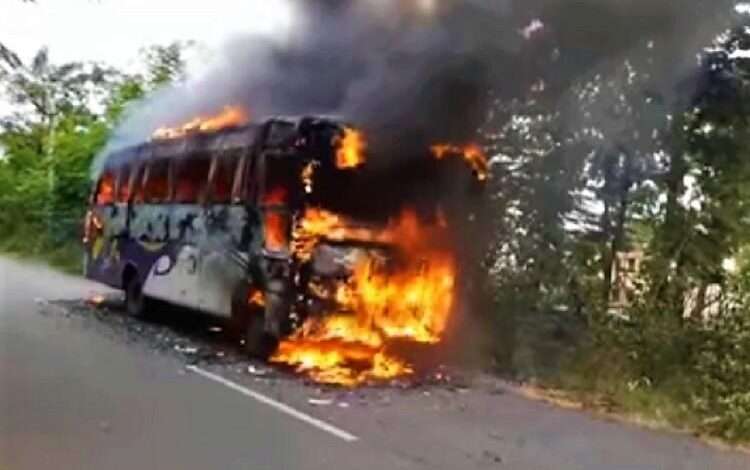Qatar’s two airports – Hamad International and Doha International – will continue to transform airport operations and set new benchmarks for the industry, says Stefano Baronci, director general, Airports Council International (ACI) Asia-Pacific.
“Through the implementation of new technologies and increased hygiene efforts, the two airports in Doha have ensured passengers continue to enjoy healthy airport experience amid the pandemic. With the deployment of passenger-friendly technologies, HIA reaffirmed their commitment to ensure safe passenger experience,” Baronci said in an exclusive interview with us.
Providing an assessment of Hamad International Airport, Baronci said, “HIA is a state-of-the-art airport, setting new standards for the aviation industry, airport architecture and design quality. The airport is equipped with ample airside and terminal capacities besides its endless shopping and dining offerings. It’s well connected with ground transportation, including a metro line. HIA has improved its passenger processing facilities with the implementation of self-bag drop and security screening equipment.”
Of the many facilities that HIA offers, Baronci said its extensive flight network and modern, clean facilities struck him the most.
Speaking about the general performance of the Middle East airport industry, Baronci said the Middle East, owing to its high share of international and transfer traffic, would see a decline of -43%. The pace of recovery of Middle East is forecasted to lag behind the global average of -36%.
Practically all countries in the Middle East have abandoned zero-Covid approaches to fight the pandemic. A fundamental pre-requisite for this progression has been the increasing level of vaccination, covering approximately 70% of the population across Asia-Pacific and Middle East.
The overall recovery in Asia-Pacific is still slower than that of other regions, despite being the first region to be hit by Covid-19, and with large domestic markets, such as China and South Korea that experienced relatively fast recovery in 2021.
The latest ACI Economic Impact Assessment expects that passenger traffic in Asia-Pacific in 2022 will experience a decline of -49% compared to the projected baseline verse the global average of -36%.
In the last few months, an increasing number of countries such as Cambodia, Singapore, India, Thailand, Malaysia and Australia have also withdrawn the restrictions on international air travel. Nonetheless, the spread of the Omicron variant in key markets, including China and Hong Kong, and the subsequent renewed social restrictions, tightening border controls, as well as domestic lockdowns have cast a shadow over the recovery.
Additionally, the geopolitical crisis in Eastern Europe and its impacts on macroeconomic factors, including hyperinflation and rising energy prices, have negatively affected the supply and demand for air travel.
ACI estimated that, in general, markets that enjoy dominant share of domestic traffic are expected to recover quicker, and to reach pre-Covid-19 levels by the end of 2023.
However, markets that rely on international traffic are unlikely to return to 2019 levels until the second half of 2024.
“Passenger traffic is the lifeblood of the airport business. Practically all aeronautical revenues are a direct function of passenger traffic. Moreover, an overwhelming share of non-aeronautical revenues, such as retail, car parking, food and beverage, etc. depend on passenger traffic,” Baronci noted.
As such, ACI forecast that revenues in Asia-Pacific airports will reduce proportionally to passenger traffic at -49% compared to the projected baseline, or $23bn in 2022.
Baronci said recent studies conducted by ACI Asia-Pacific shows the travel restrictions imposed in the wake of Omicron had “little or no impact” on the spread of the virus and is only hampering the recovery of the sector.

















Leave a Reply